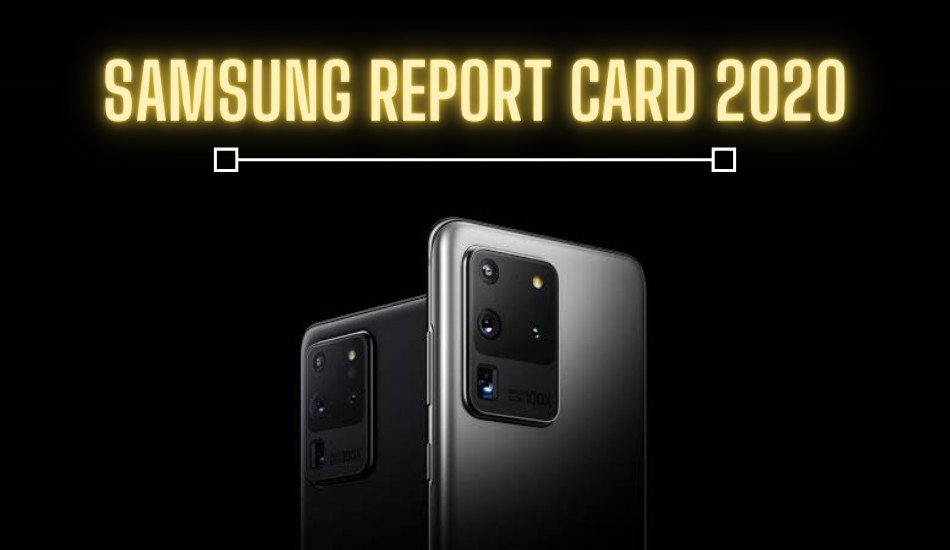Samsung, the globe’s biggest smartphone manufacturer launched 21 smartphone models in 2020 and including all the variants of the devices, the count increases to a total of 35 models.
The format for the report card will first include the stats for Samsung including how many devices the company released in what segments. The second section will include the hits and misses for the company and the report card will be concluded with a forward-looking statement regarding what we can expect from Samsung in the coming year.
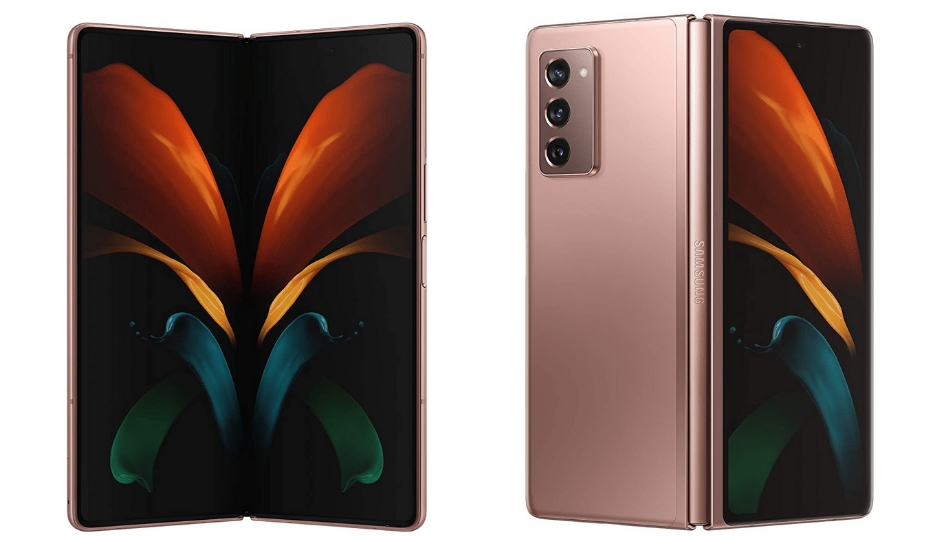
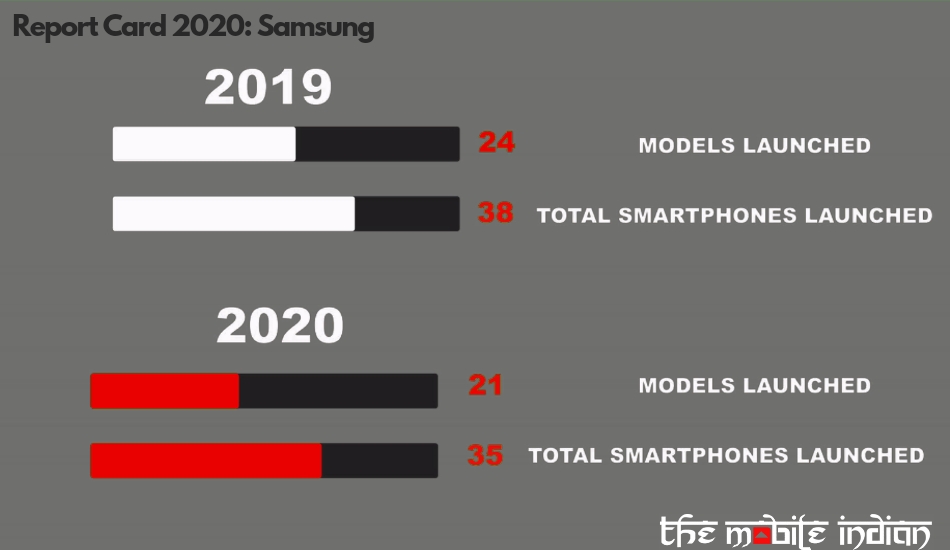
As mentioned above, Samsung launched 21 models and after including all variants, the total number was 35. In 2019, the company launched 24 models, which increased to 38 after accounting for all the variants.
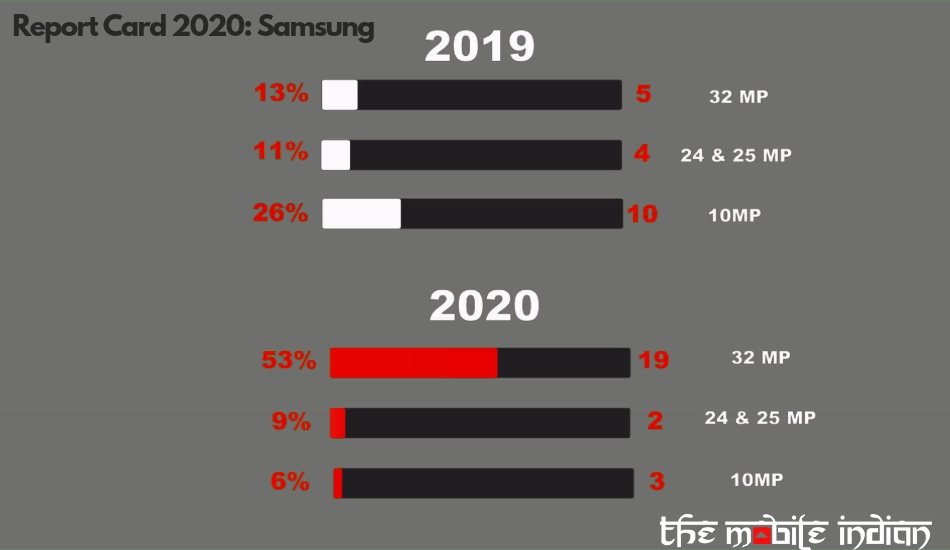
Talking about rear cameras, Samsung launched a total of 9 smartphones (compared to 5 models in 2019) with 48MP cameras that made up 25% of the total smartphones launched this year. 12 of the devices (compared to 2 models in 2019) were launched with 64MP cameras, constituting 33% of the total smartphones.
If we talk about Front cameras, Samsung’s main focus stayedon 32MP front cameras where they launched 19 smartphones with 32MP front camera constituting 53% of total models whereas last year they launched just 5 smartphones with 32MP camera. 3 smartphones were launched with 24 & 25MP front cameras (constituting 9%) and 2 smartphones were launched with 10MP front cameras. Last year, Samsung’s main focus was on 10MP front cameras where it launched 10 smartphones with the 10MP camera.
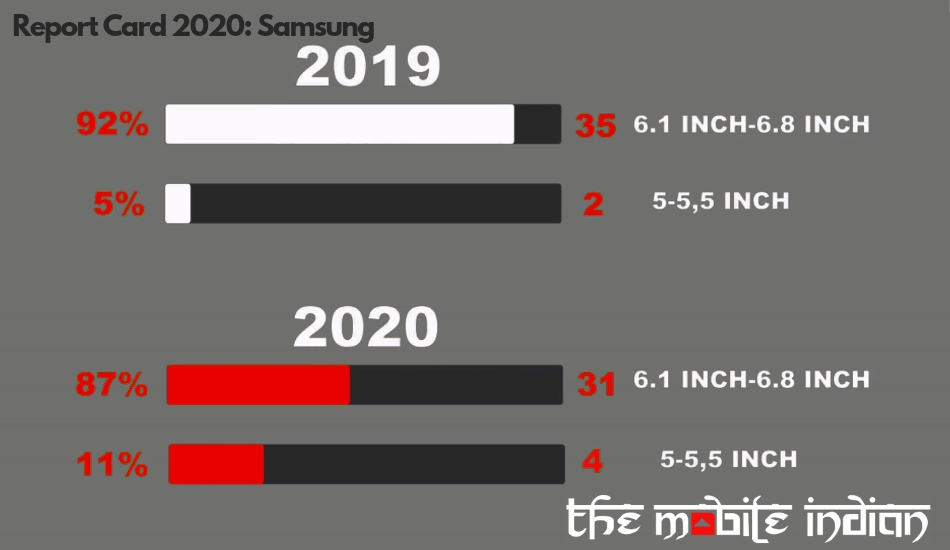
Similar to last year, Samsung launched the most number of smartphones, 31 to be exact, with displays that were 6.1 to 6.8-inch in size and constituted 87% of the total smartphones. Last year, it launched 35 smartphones with the same display size. 4 smartphones were launched with displays of size 5.5-inch or 5 inches, constituting 11% of the total number this year.
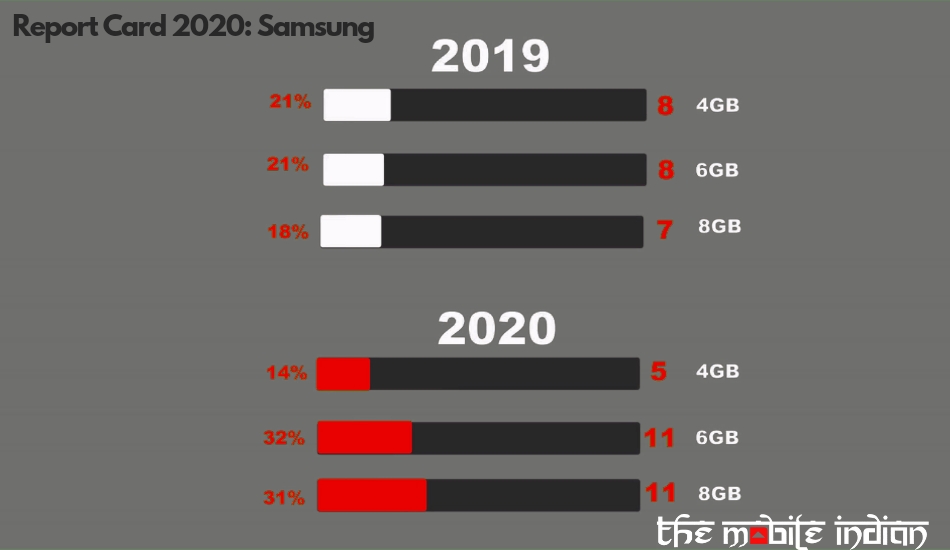
The company launched 11 of the smartphones with 8GB of RAM that is the highest for this year for the company, contributing 31% to the total smartphones launched in 2020 by Samsung. There’s not much of a wide gap as Samsung launched 7 smartphones in 2019 with 8GB of RAM. Samsung launched 11 smartphones with 6GB of RAM (contributing 21%) in 2020 which is the same percentage as 2019, though the number for 2019 was 8 instead of 11 this year. It launched just 5 smartphones this year (contributing 14%) with 4GB of RAM compared to 8 in 2019.
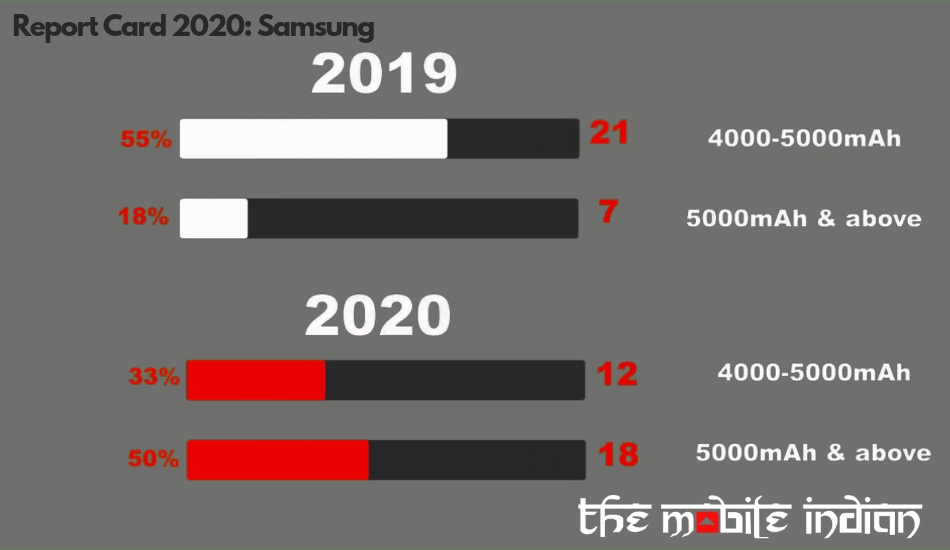
If we come to battery capacities, Samsung launched 18 smartphones with a battery capacity of 5000mAh or above constituting 50% of the total smartphones launched in 2020 compared to 11 in 2019. The company saw a significant drop in phones having 4000-5000 mAh battery where it launched just 7 smartphones this year with the respective battery capacity constituting just 18% of the total phones by Samsung this year. In 2019, Samsung launched 21 smartphones with battery capacities between 4000 and 5000mAh.
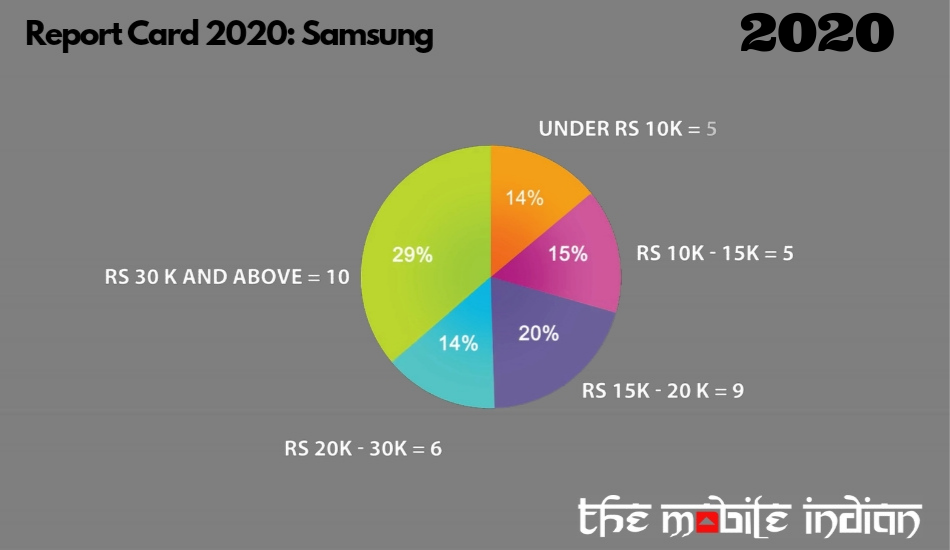
Samsung launched the most number of smartphones in the price segment of Rs 30,000 and above where the number stands at 10, compared to 11 in the same price segment which it launched last year. The 10 smartphones contribute 28% of the total smartphones launched in 2020. The second-highest number of phones launched was 9 (contributing 25%) in the price segment of Rs 15,000 – Rs 20,000 compared to 7 smartphones in 2020 in the same price segment.
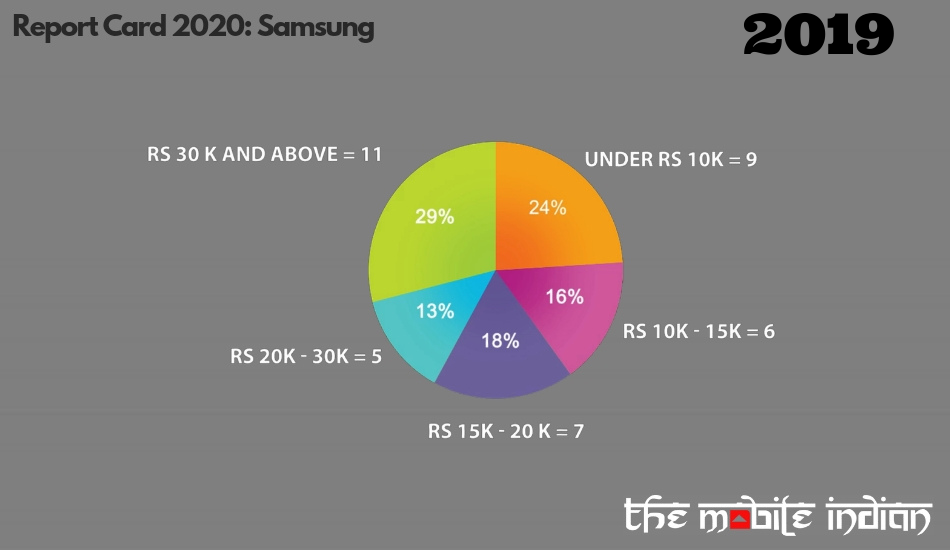
The third highest number stood at 6 smartphones (constituting 17% of total) in the price segment of Rs 20,000 – Rs 30,000 compared to 5 in the last year. The number remained the same for two price segments which are under Rs 10,000, and Rs 10,000 – Rs 15,000 (constituting 14% each to the total). Samsung launched 5 smartphones in each of these segments in 2020 compared to 9 smartphones for the former price segment during last year and 6 smartphones in the latter price segment in 2019.
[[VIDEOID=1802]]
Samsung 2020: Hits

Last year, we had predicted that Samsung would want to crush the threat it had from OnePlus and that came out to be true in the year of 2020 as Samsung approached the year with an aggressive mindset for the mid-segment.
Samsung launched the Galaxy M51 in the mid-segment this year to compete with the OnePlus Nord and it did win over the Nord in some segments. The device had a massive 7000mAh battery which was one of its USP over the Nord and therefore, Samsung had a major competitor in the mid-segment.
In flagship terms, Samsung did what was expected from them with the S20 series and the Note 20 Series, not to forget the Fold 2. But the major move it made was in the mid-range segment where the company had already started entering the segment since the beginning of 2019, with the introduction of M series devices.
Samsung not only entered the mid-segment with a bang, but it also tried to capture the audience through online sales which has always been on a lower side for the Korean manufacturer.
They did shift their focus from offline selling and it proved to be a boon for them. The online space was already heated up because of Xiaomi and Realme, while Samsung came and made its place amongst the top players in the online market.
Samsung did play the brand value card along with a device with a great price to performance ratio that helped them gain grounds in the sub-Rs 30,000 segment. It even tried to capture the OnePlus 8T territory with its Galaxy S20 FE and was successful in doing so to some extent because it was the first time Samsung was bringing flagship specifications while targeting a much wider audience at a comparatively low price point.
We can say that the company kept its focus on the selected segments and did really well through online means where it used to lack before.
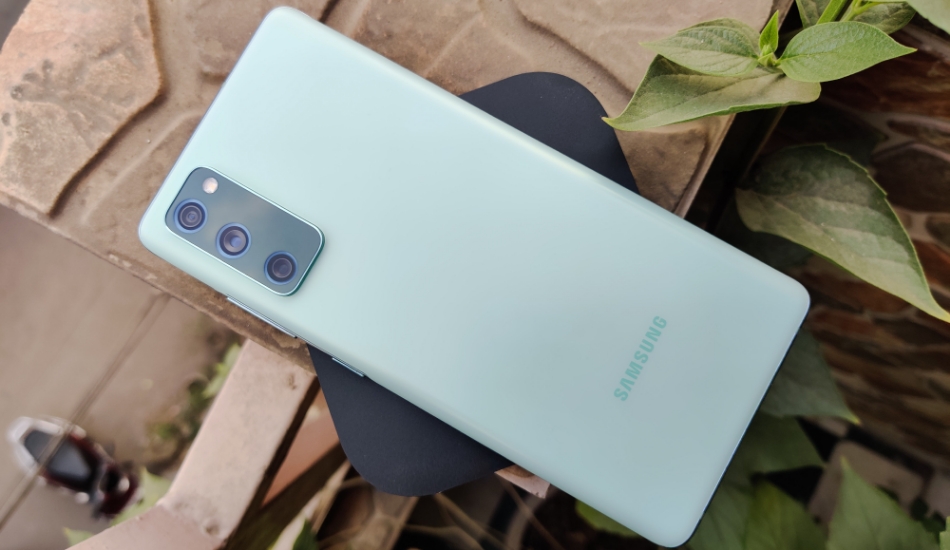
Samsung 2020: Misses
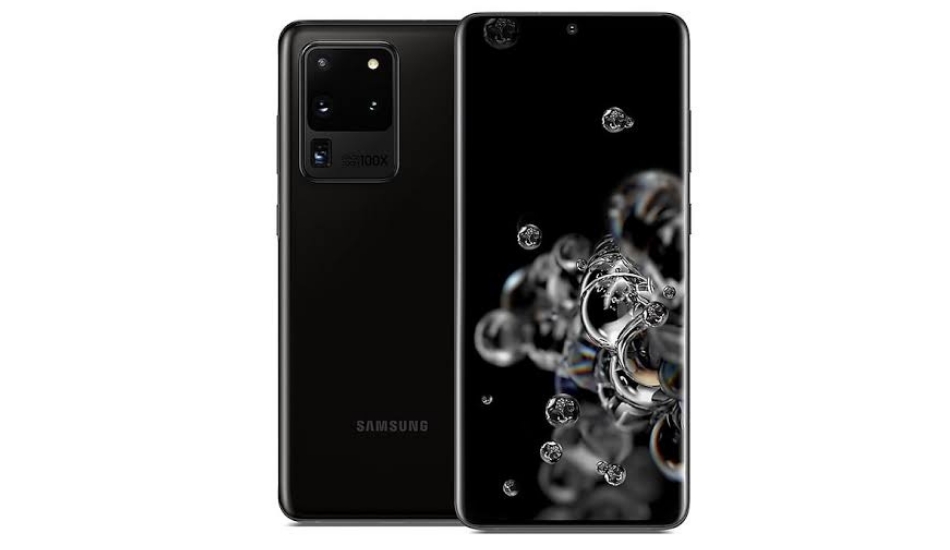
There weren’t any major wrong steps that the company took but because of its shifting focus towards the online market, Vivo was quick to jump in and grab Samsung’s offline market share and for the first time, Samsung was overtaken by another company in the offline space to be on the number 1 place.
We also didn’t witness any major breakthrough products by the company in the entry-level segment as their main focus was maintained towards the higher-level segments.
One more aspect where we think Samsung could have improved was in the flagship space as its flagship devices seemed to have reached a saturation point in 2020 where Samsung majorly worked on the design of the devices instead of other additional unique features. To recall, the S20 Ultra faced some issues with the auto-focus feature which bugged a lot of consumers for a long period of time.
Samsung 2020: The Best Smartphones
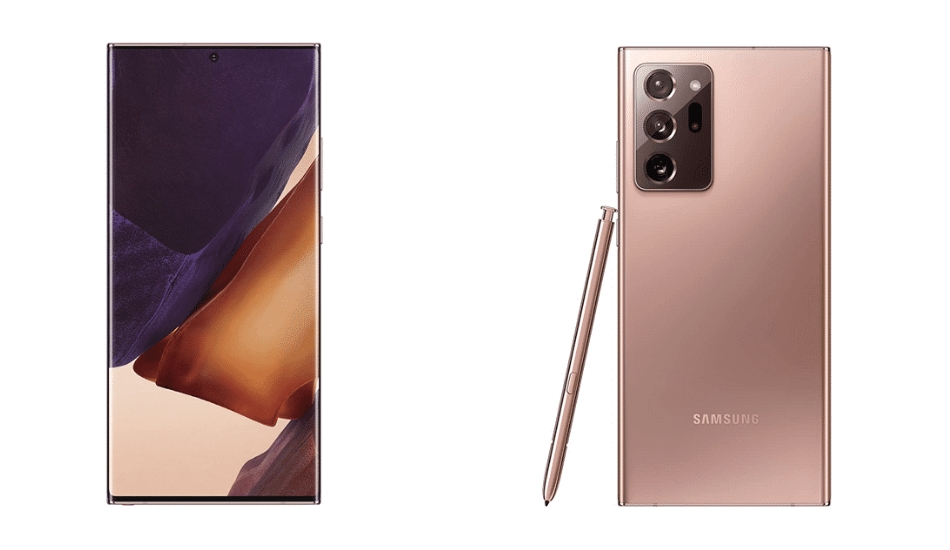
As Samsung progressed through the year, we saw some major devices from the brand and if we talk about the top end, the Note 20 Ultra was one of the best all-rounders available in the market in its price segment.The Galaxy S20 Ultra also gets a notable mention but just because of the minor issues it had, the device just couldn’t make the cut.
If you are wondering why we didn’t include the Galaxy Fold2, we feel that the device still has much to improve on even though it was a big step ahead of its predecessor. The Folding phone space still has a few years to go until it becomes perfect.
Coming to the mid-segment, the Galaxy M51 definitely just took off as it was announced, offering one of the best value for money smartphones.
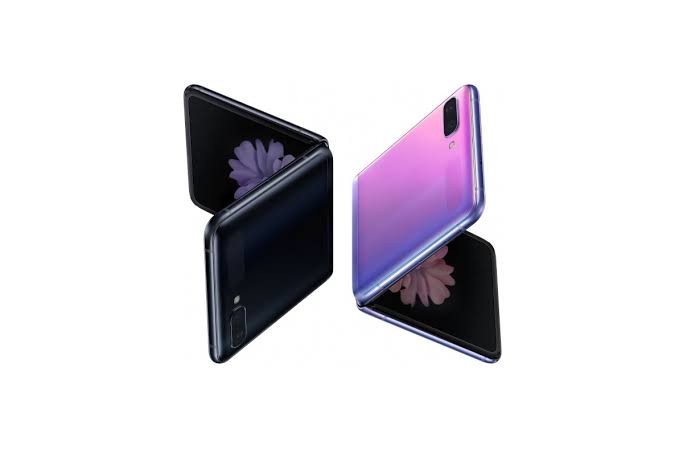
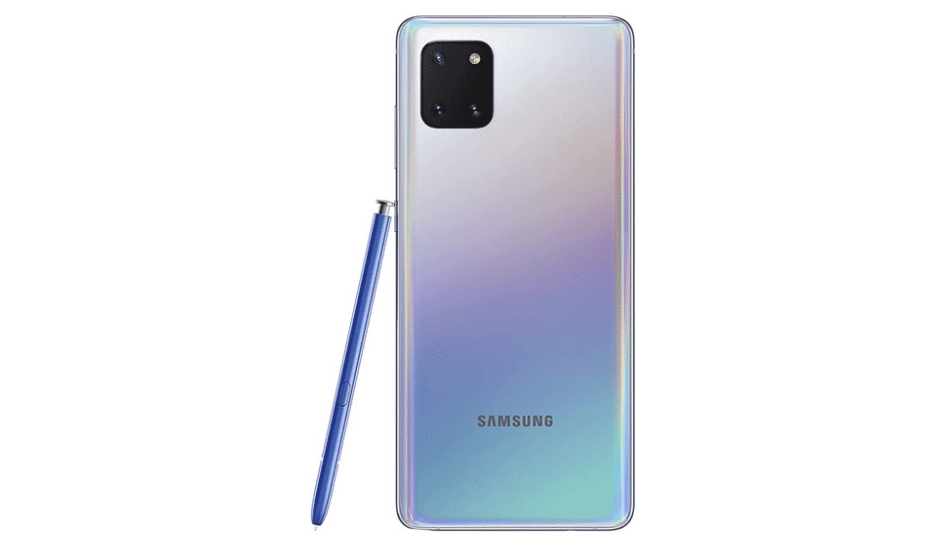
An honorable mention goes to the Galaxy Note 10 Lite and the Galaxy Z Flip as both of these devices were amongst a section in which Samsung was introducing a device for the first time ever and they did make their presence felt in the market as they got launched.
Samsung 2020: What to Expect in 2021?
We can expect Samsung to shorten the number of phones it adds to its product portfolio because of the events that took place in 2020.
The pandemic year has affected the incomes of everyone and people will not be looking to switch phones any time soon. This would happen not just because of the decline in income levels, but also because of consumer’s falling need to switch phones.
As most of the world continues to stay at their homes and the work from home situation rises, the normal wear and tear of the devices does get affected which also results in falling chances of one’s device getting damaged. So this might result in Samsung making fewer phones in the next year as the demand for newer phones may fall further below.
As we saw Samsung competing with OnePlus this year, we expect the company to compete with the likes of Xiaomi and Realme by mid-2021 by releasing more devices in the mid-range as well as the budget segment.
Samsung is already gearing up to launch its S21 series in the month of January and we should see some more exciting products from the smartphone maker in the coming year.


